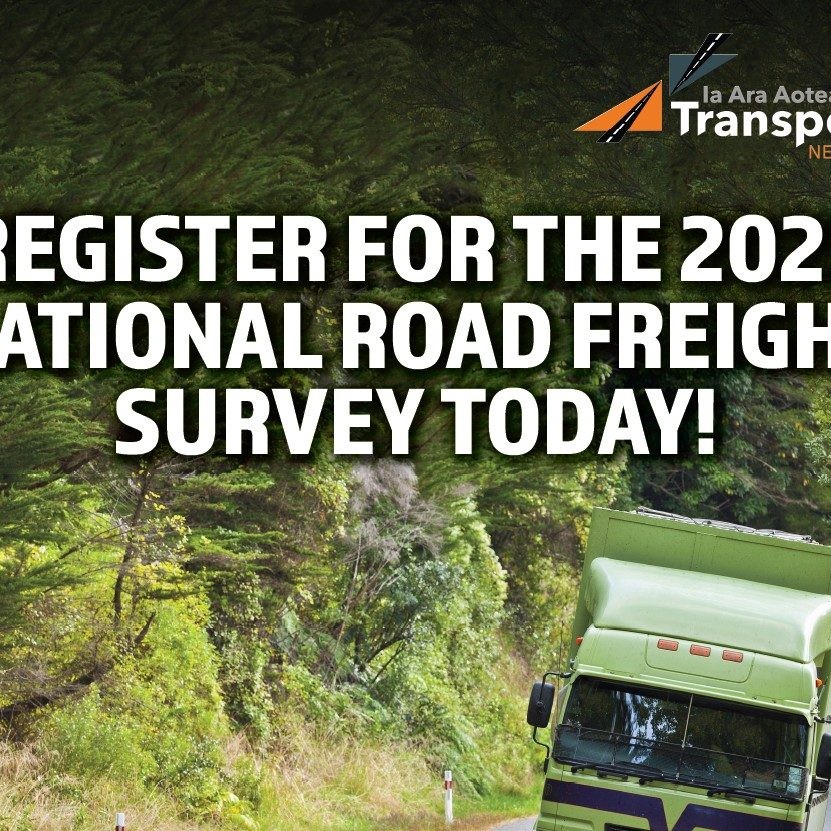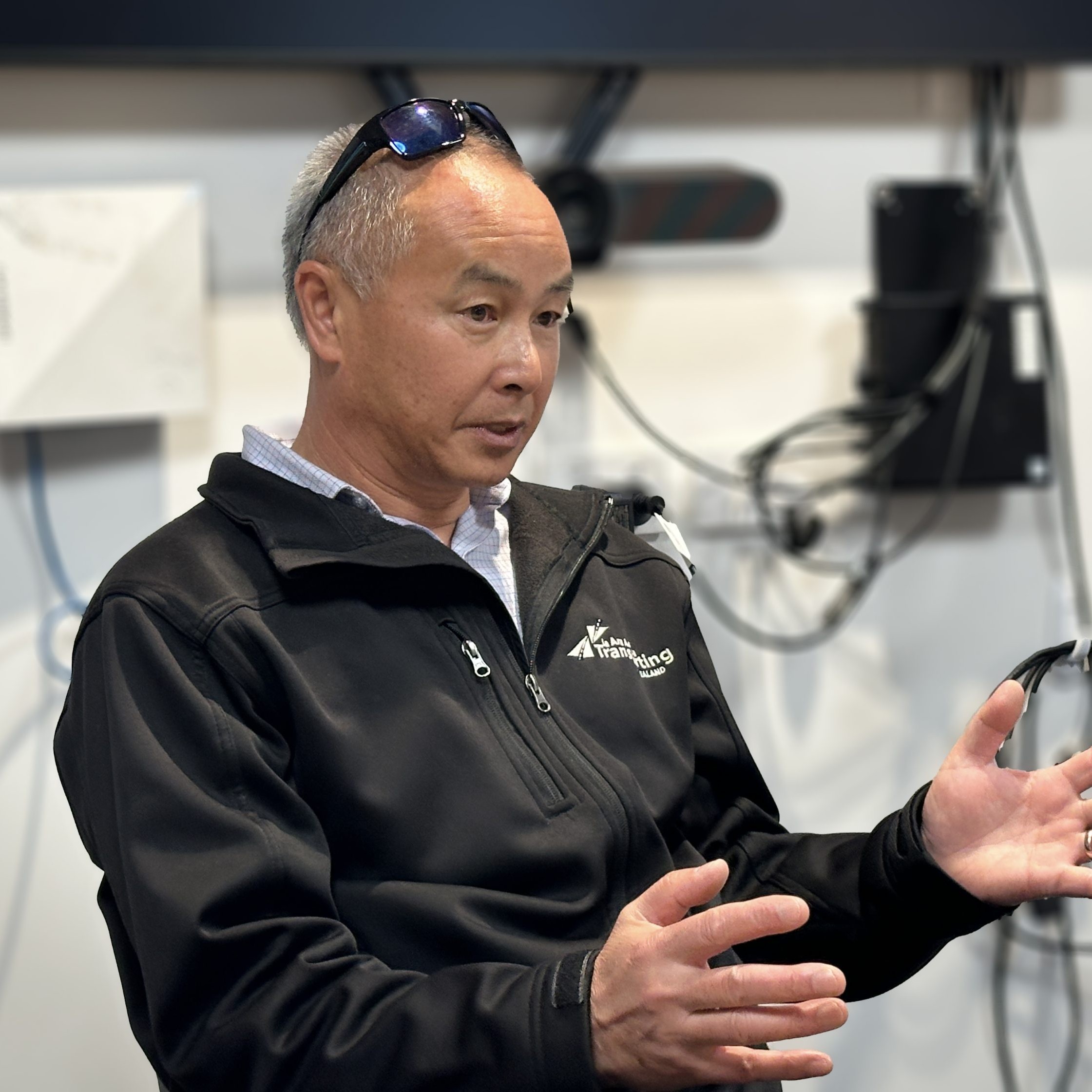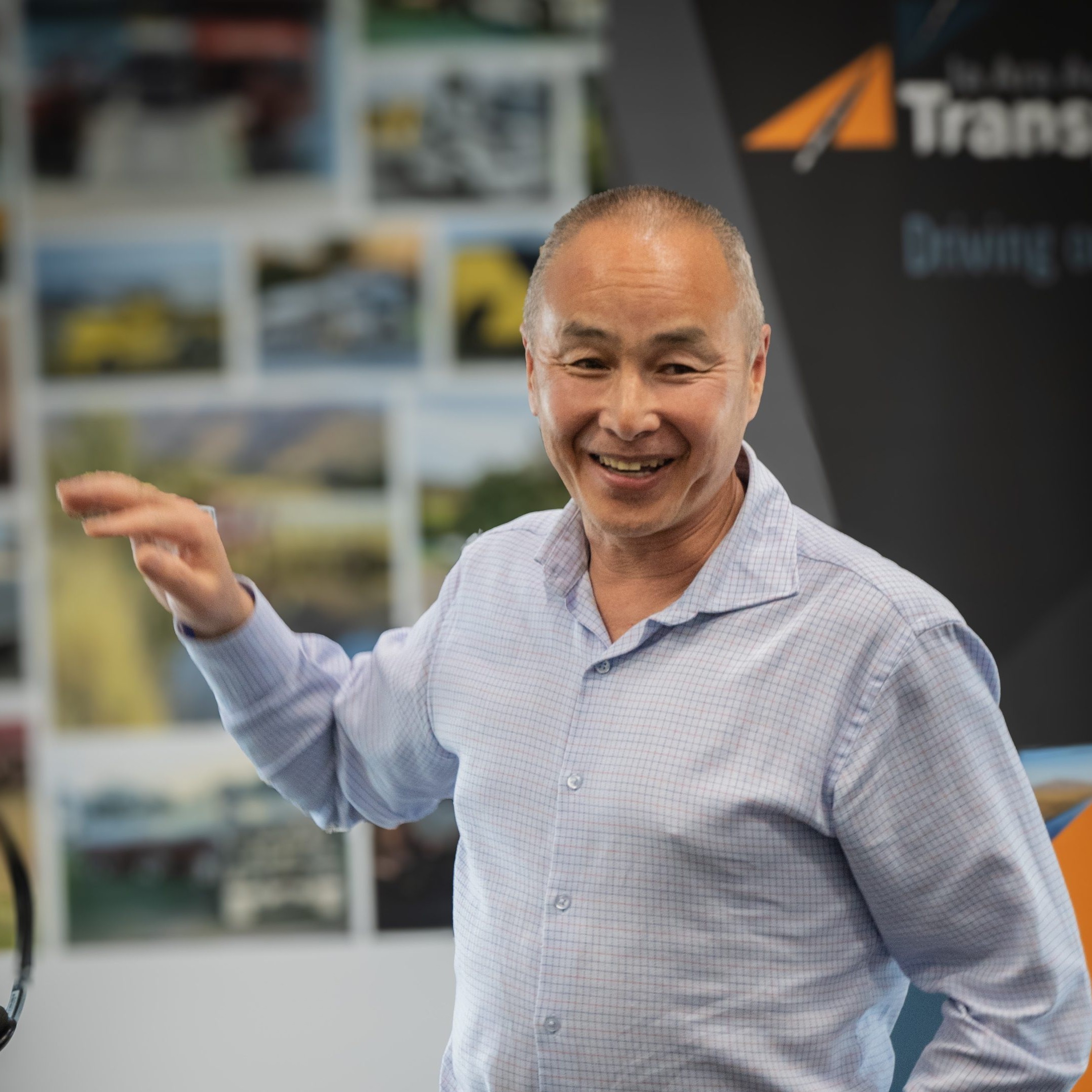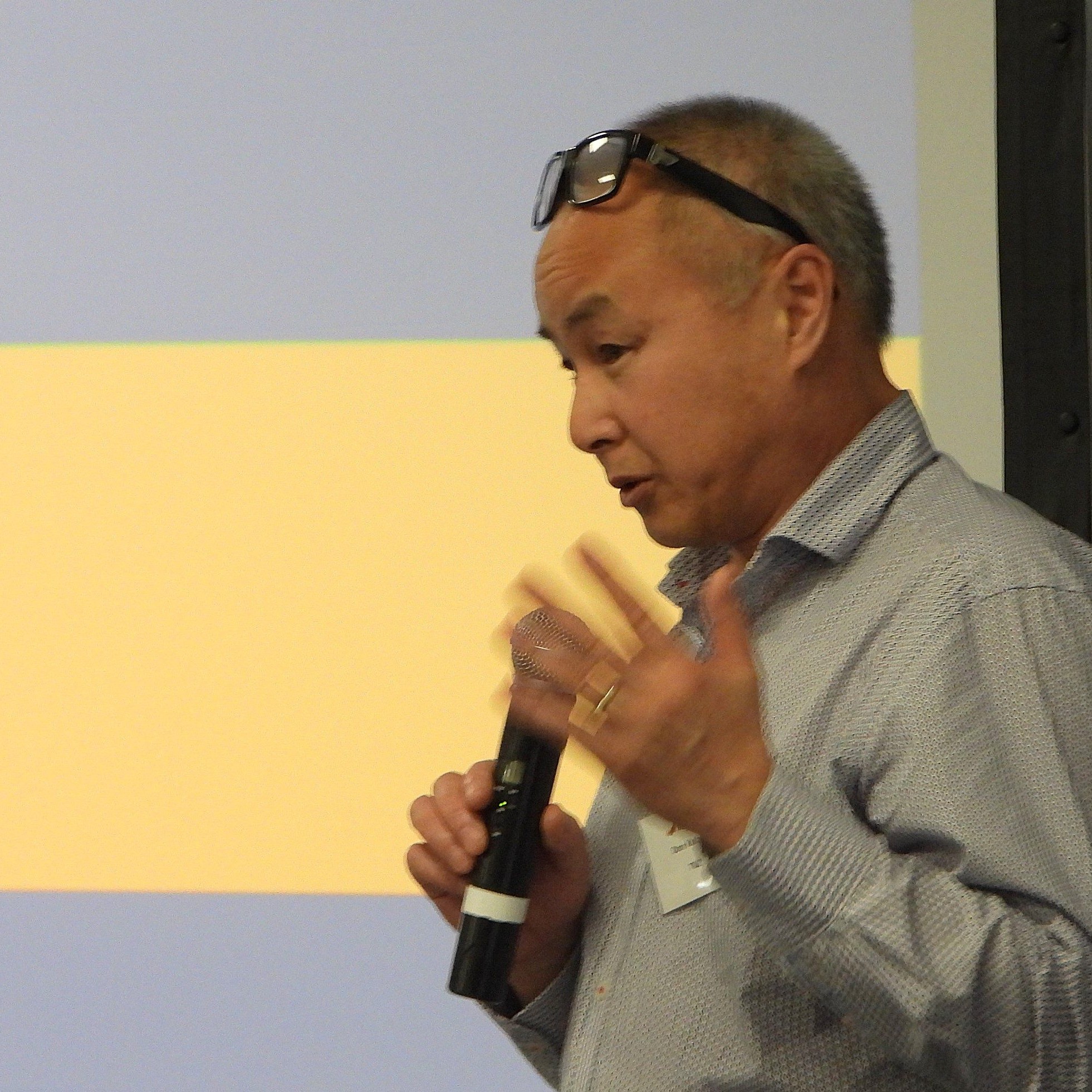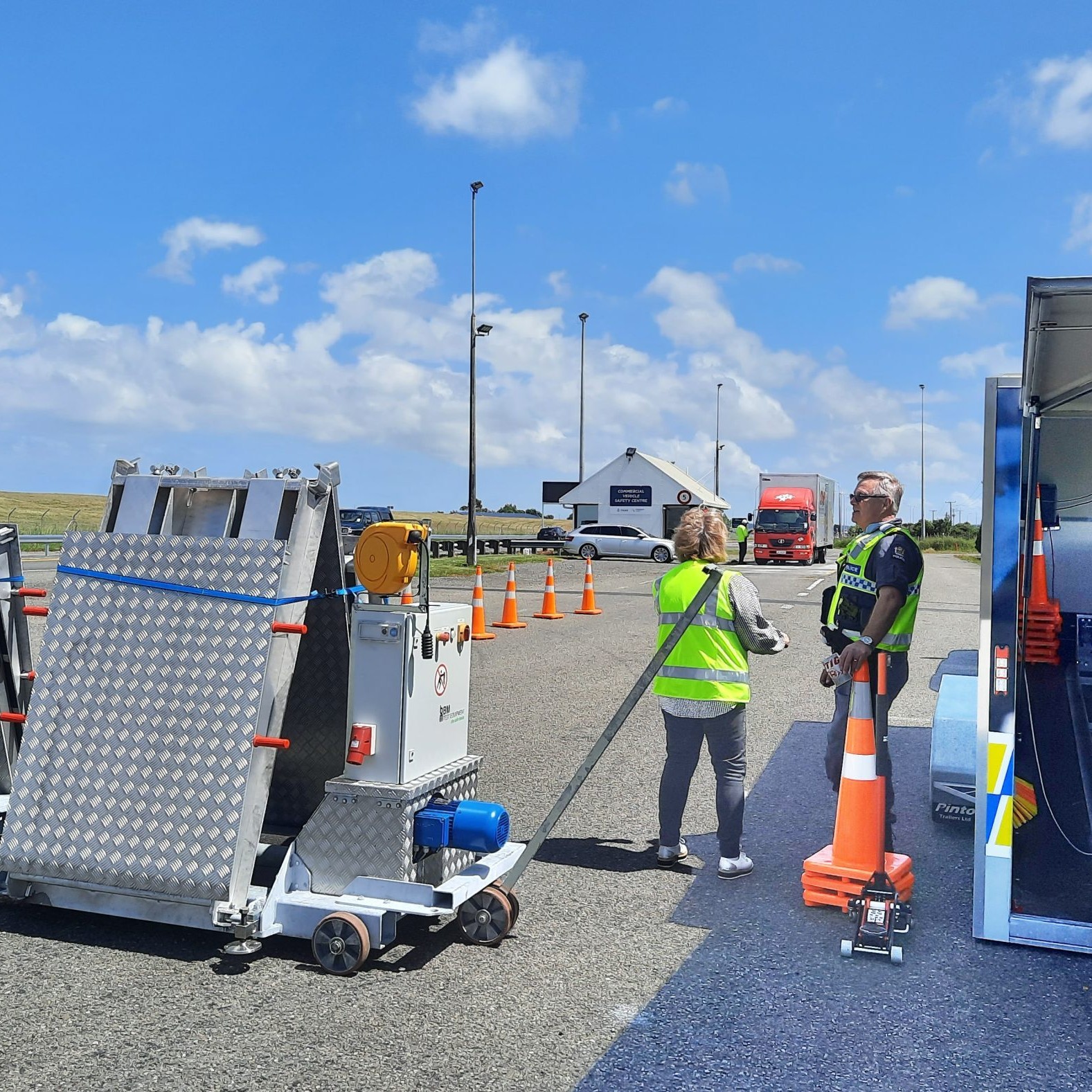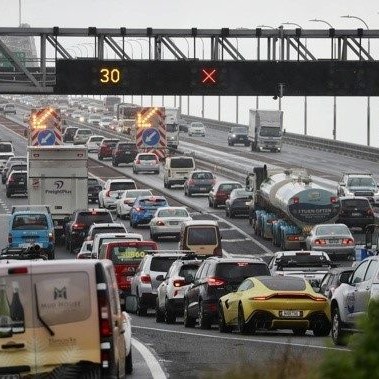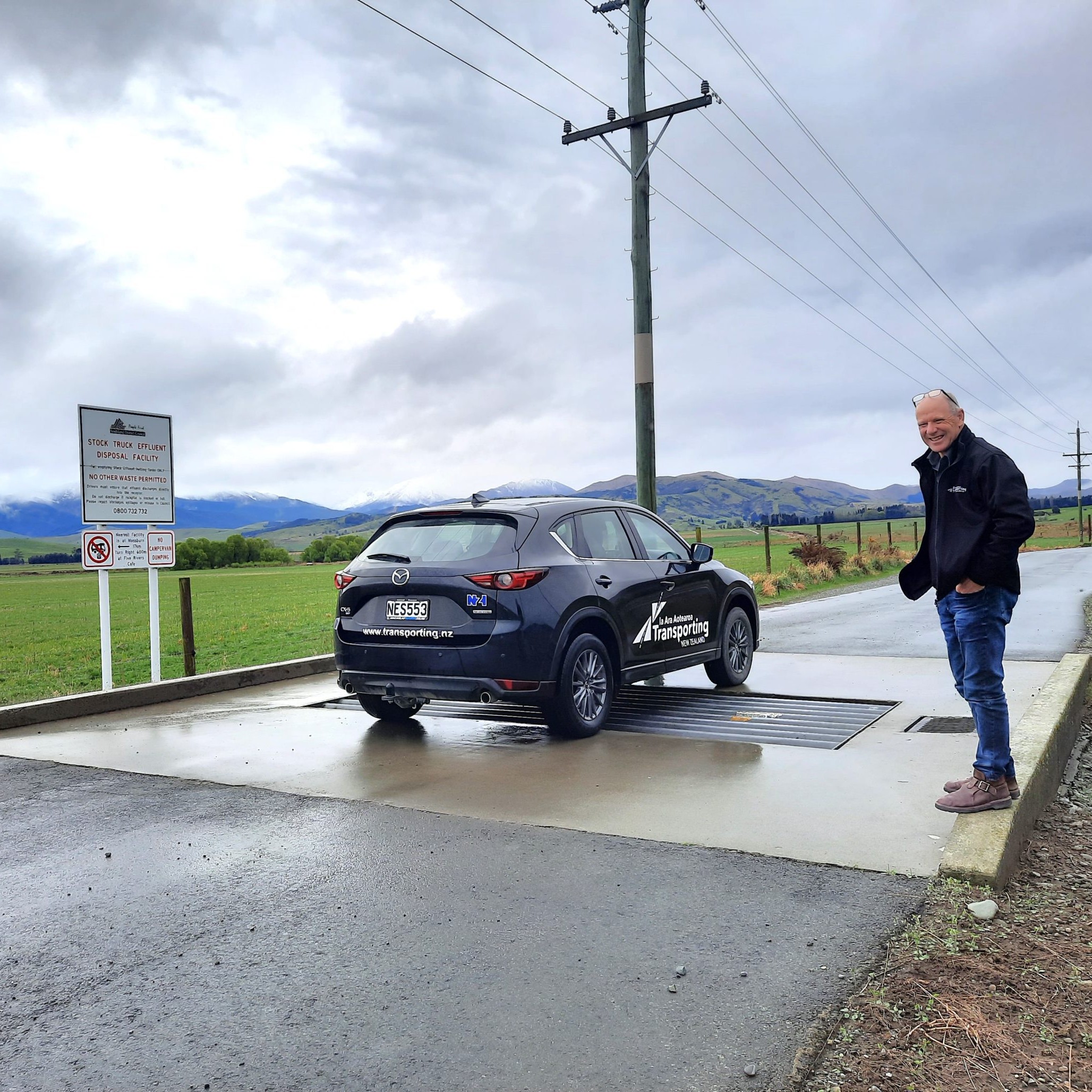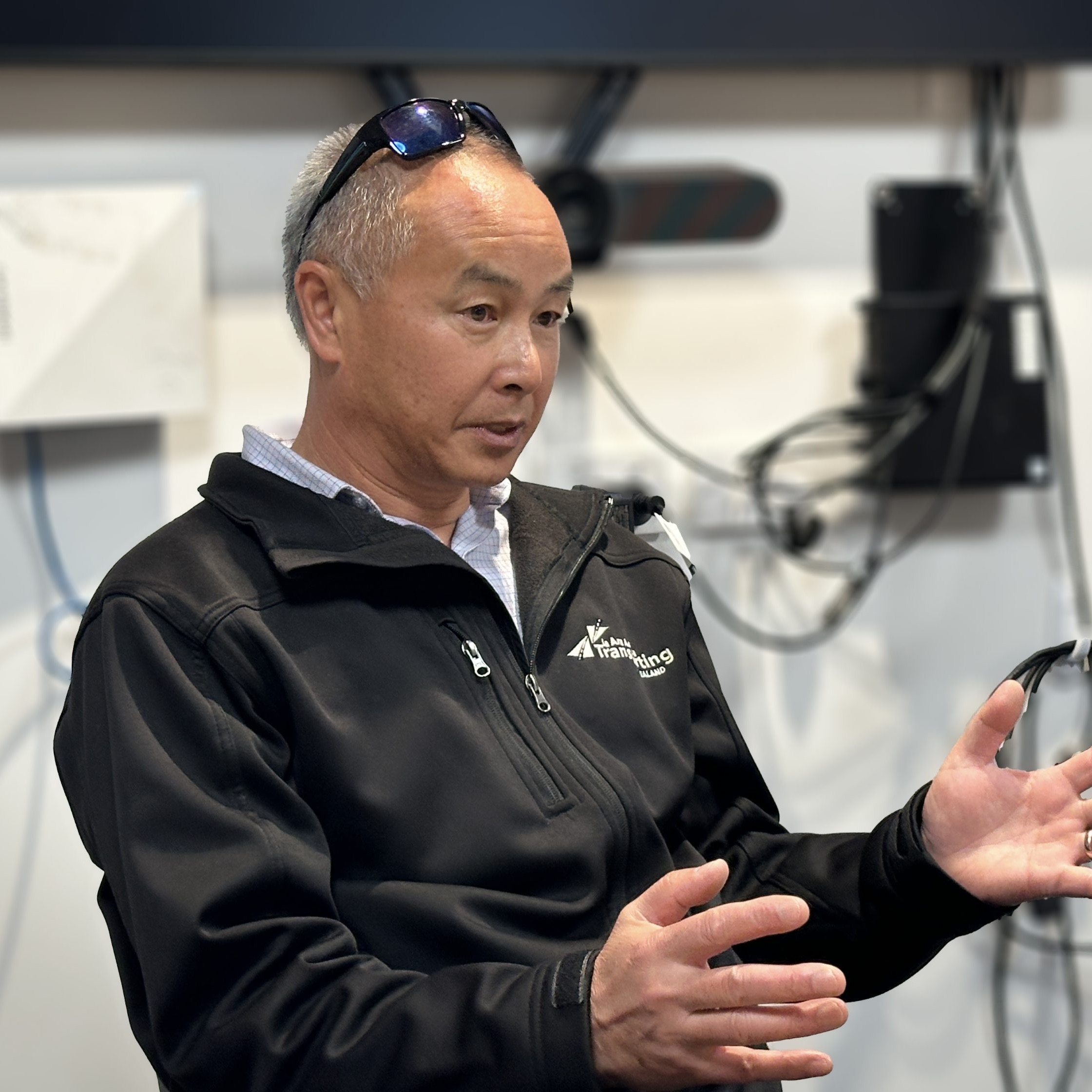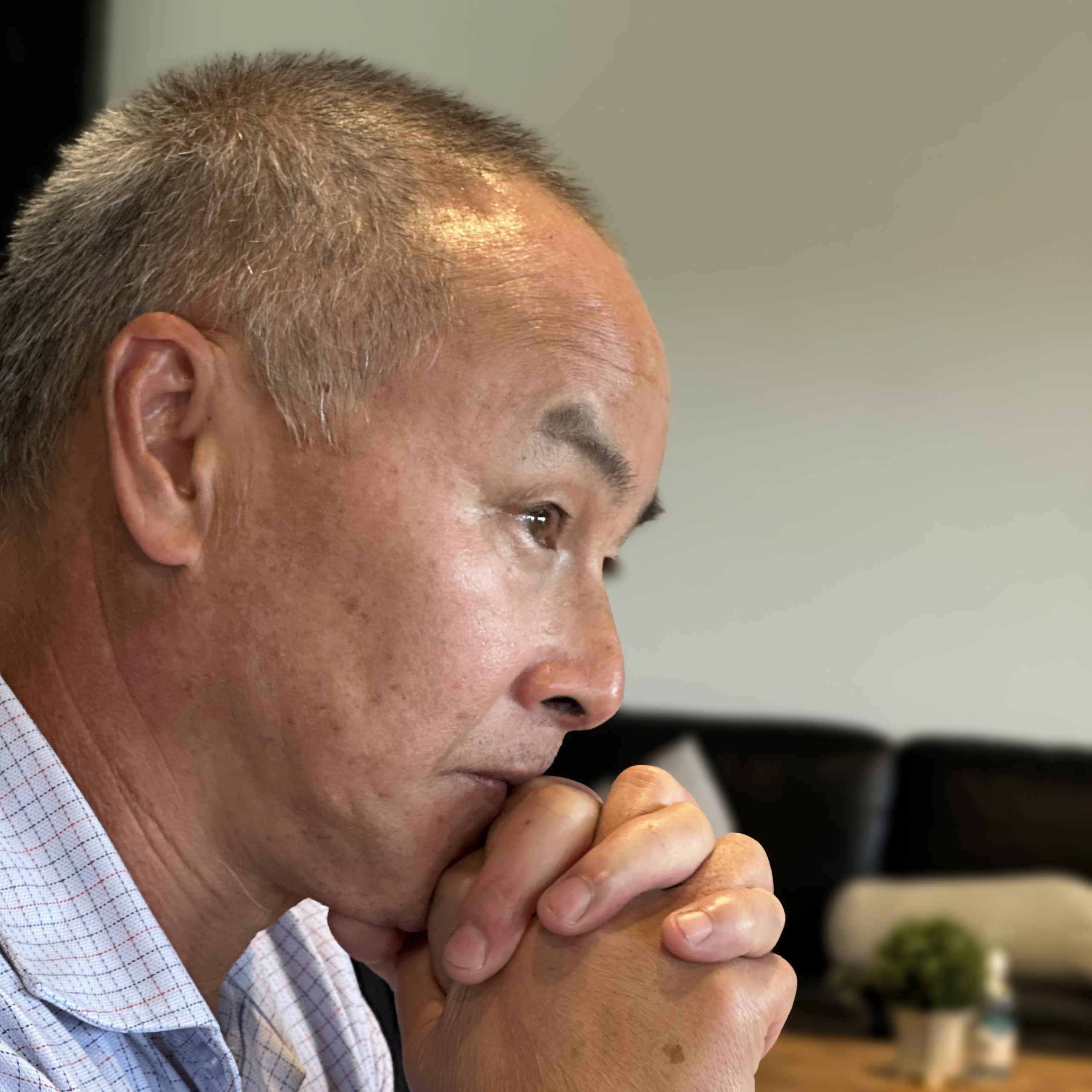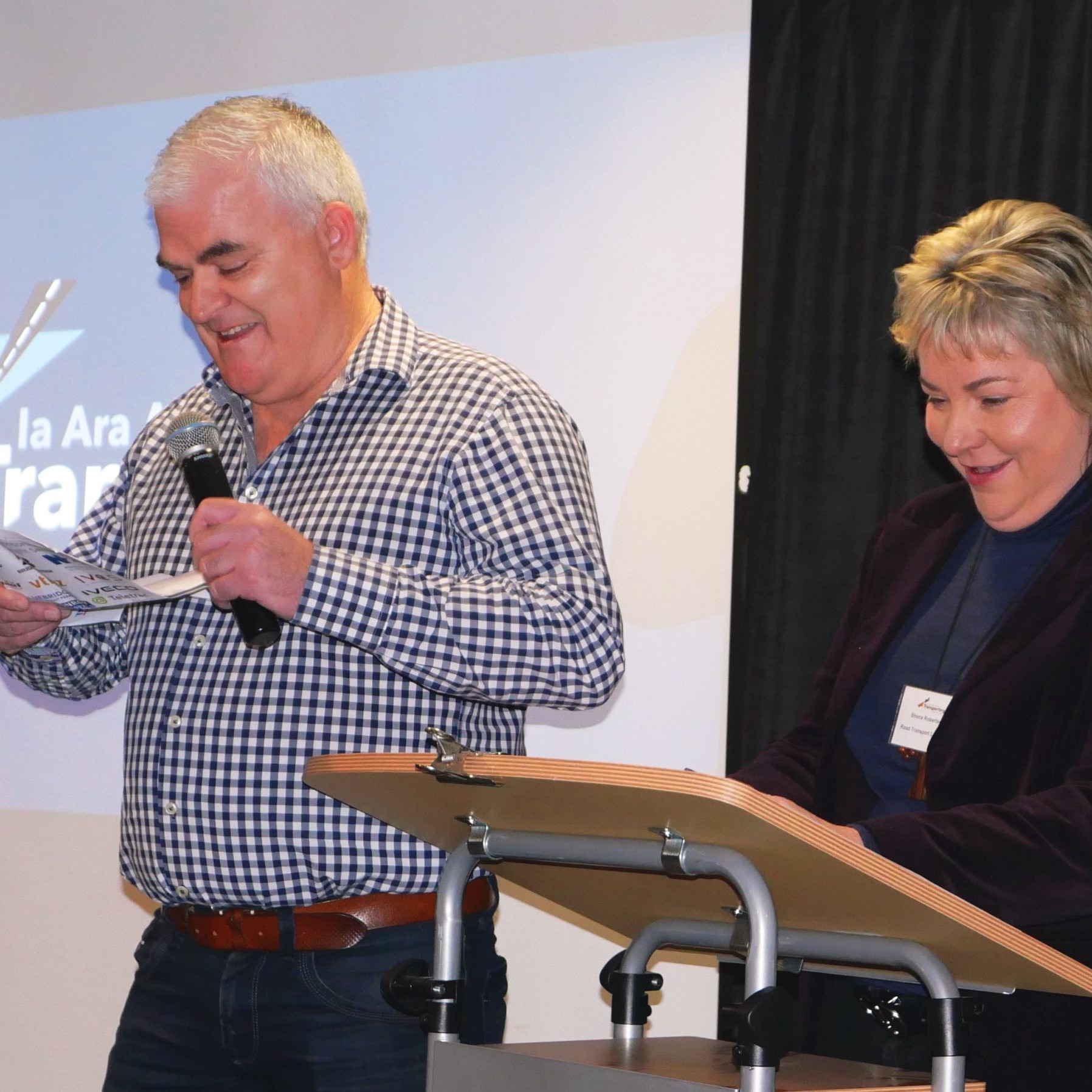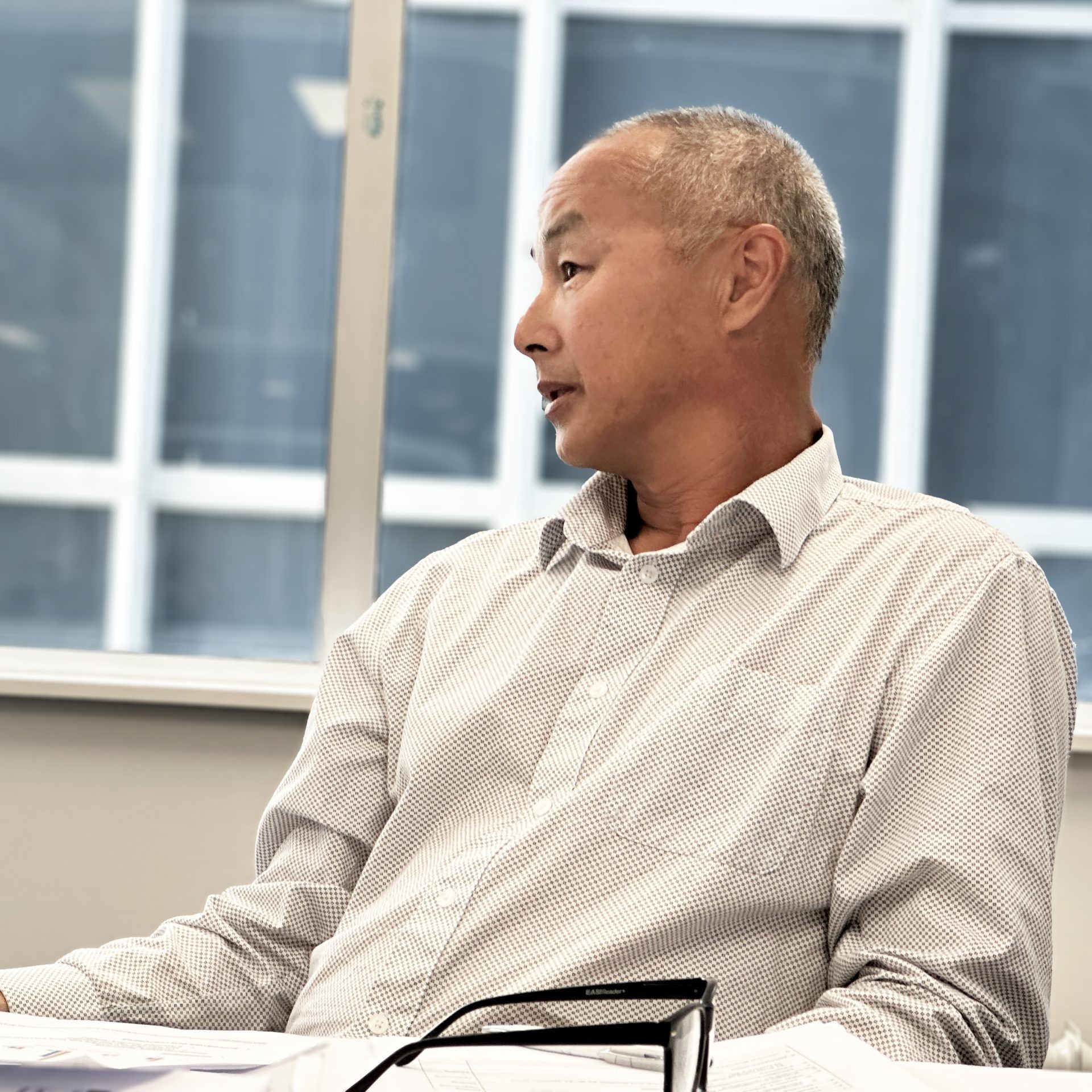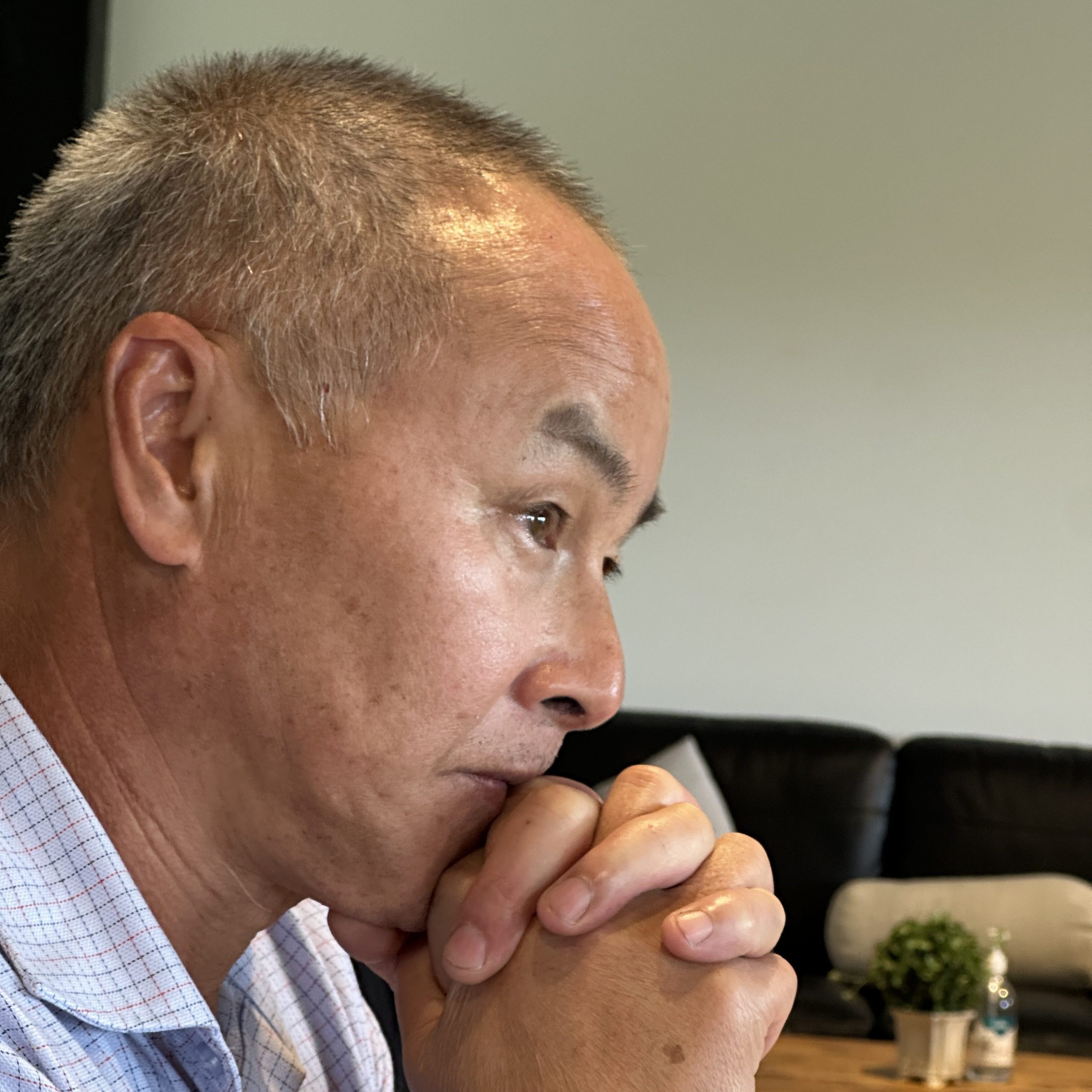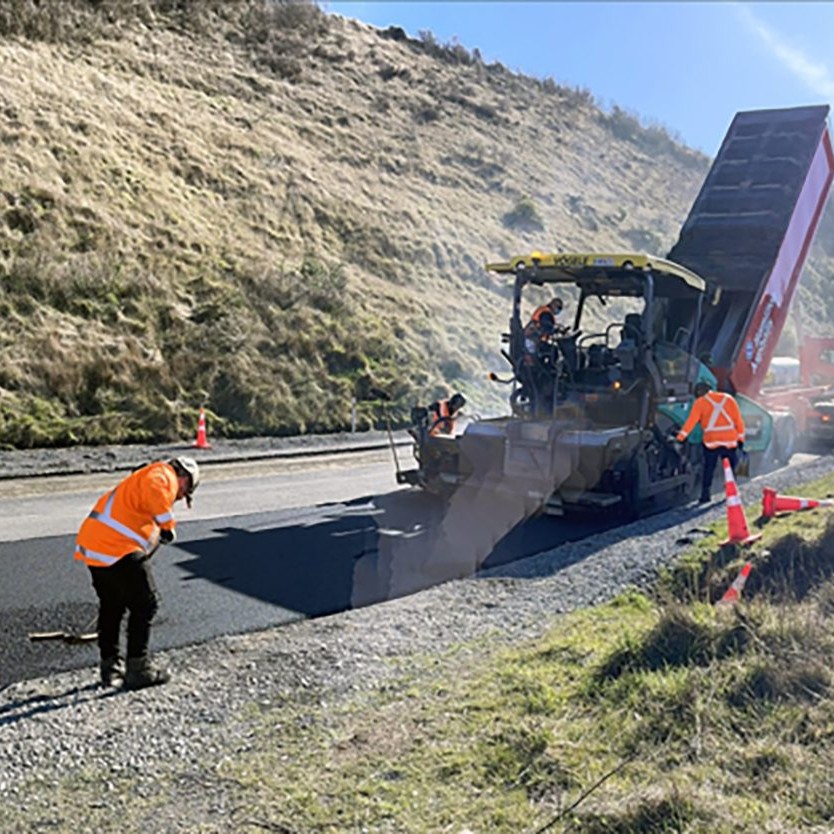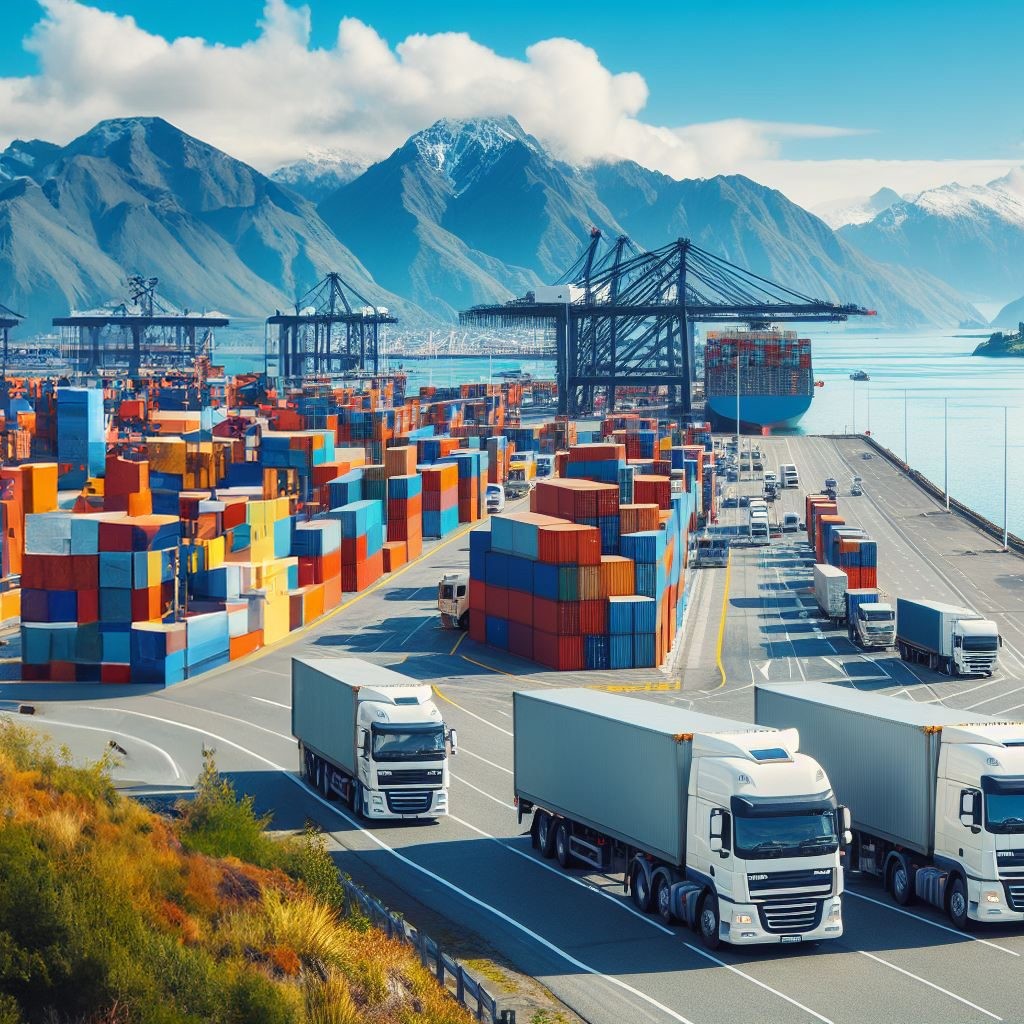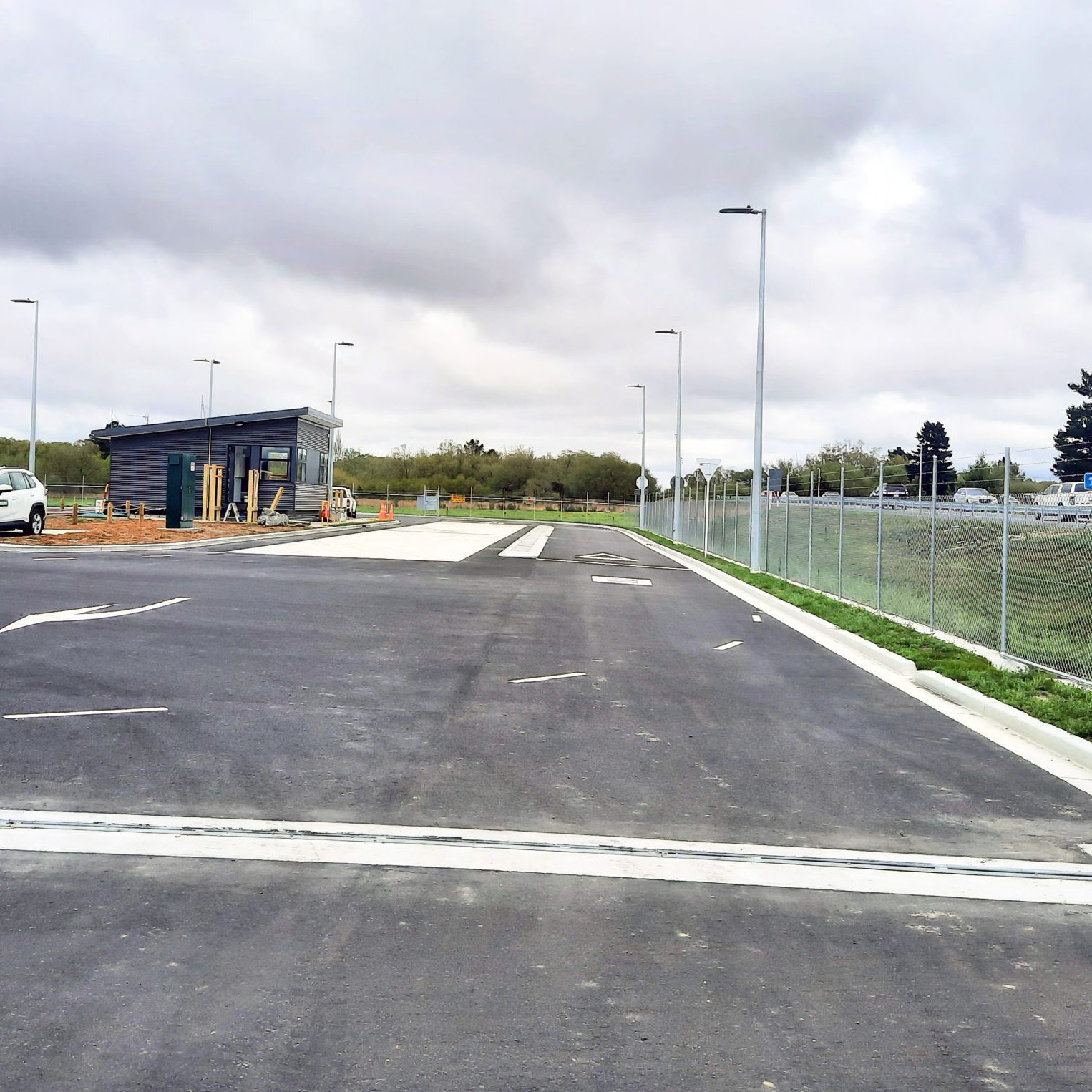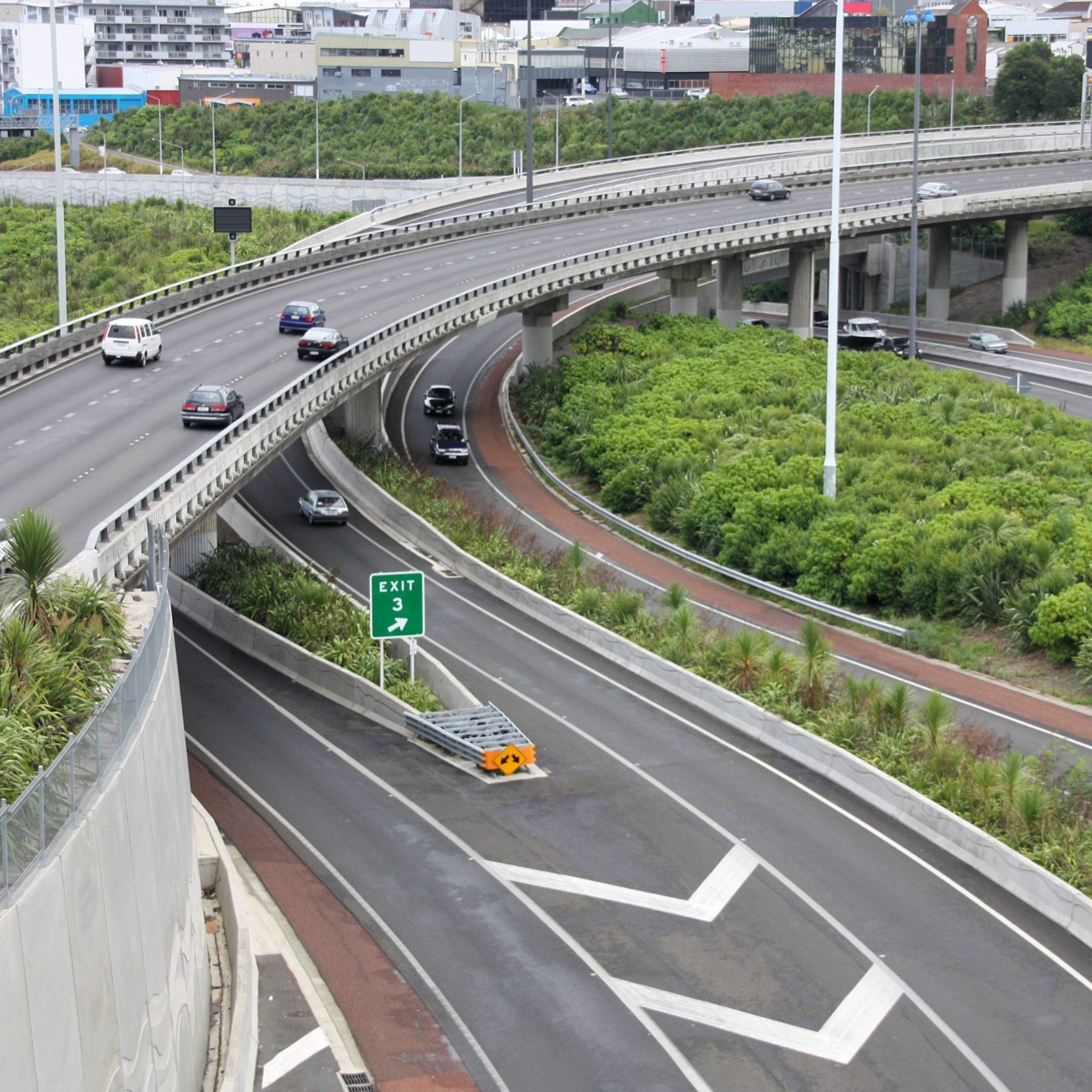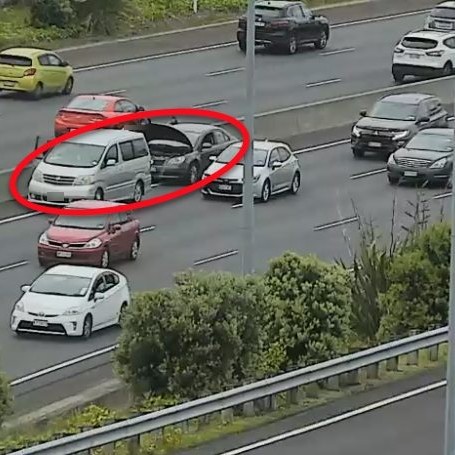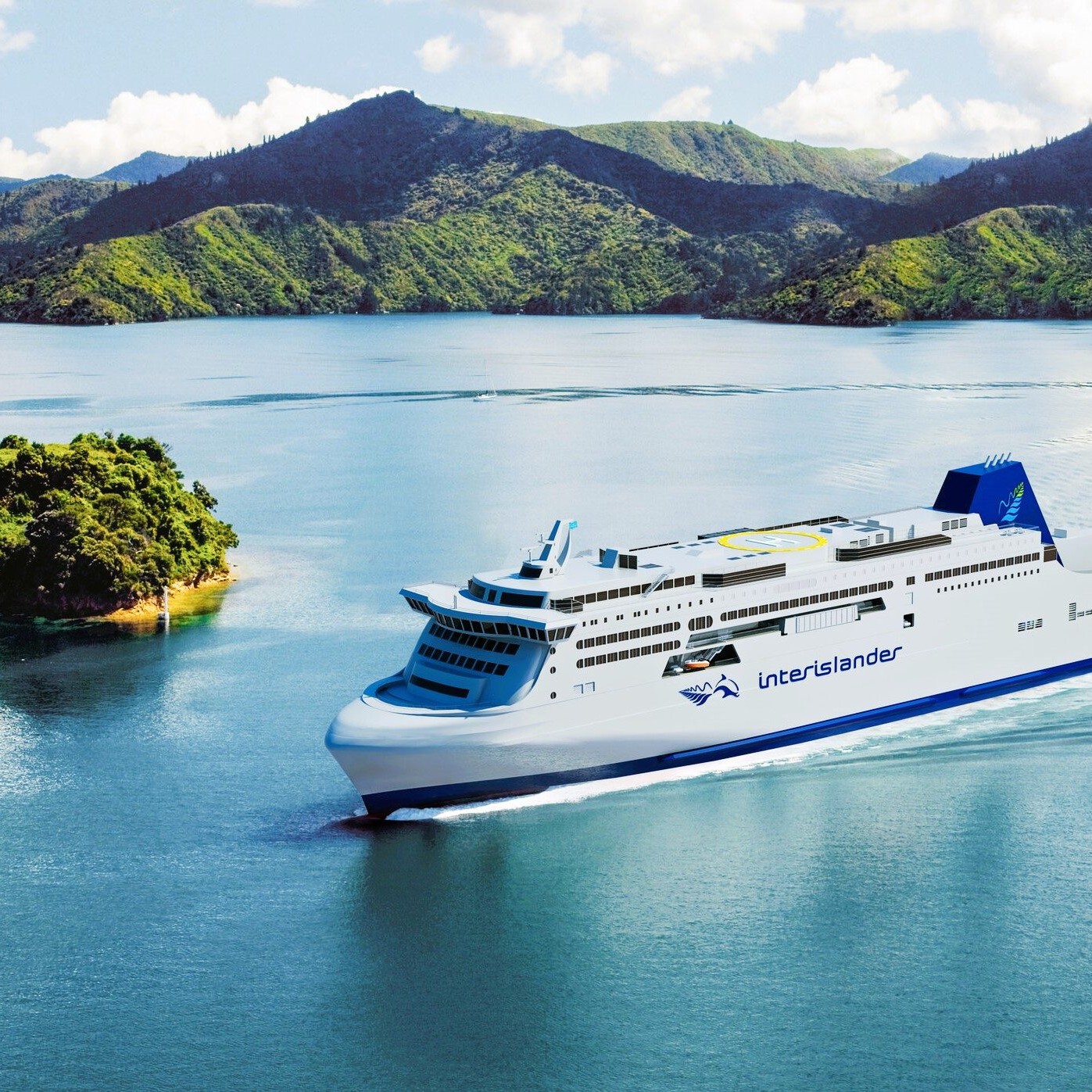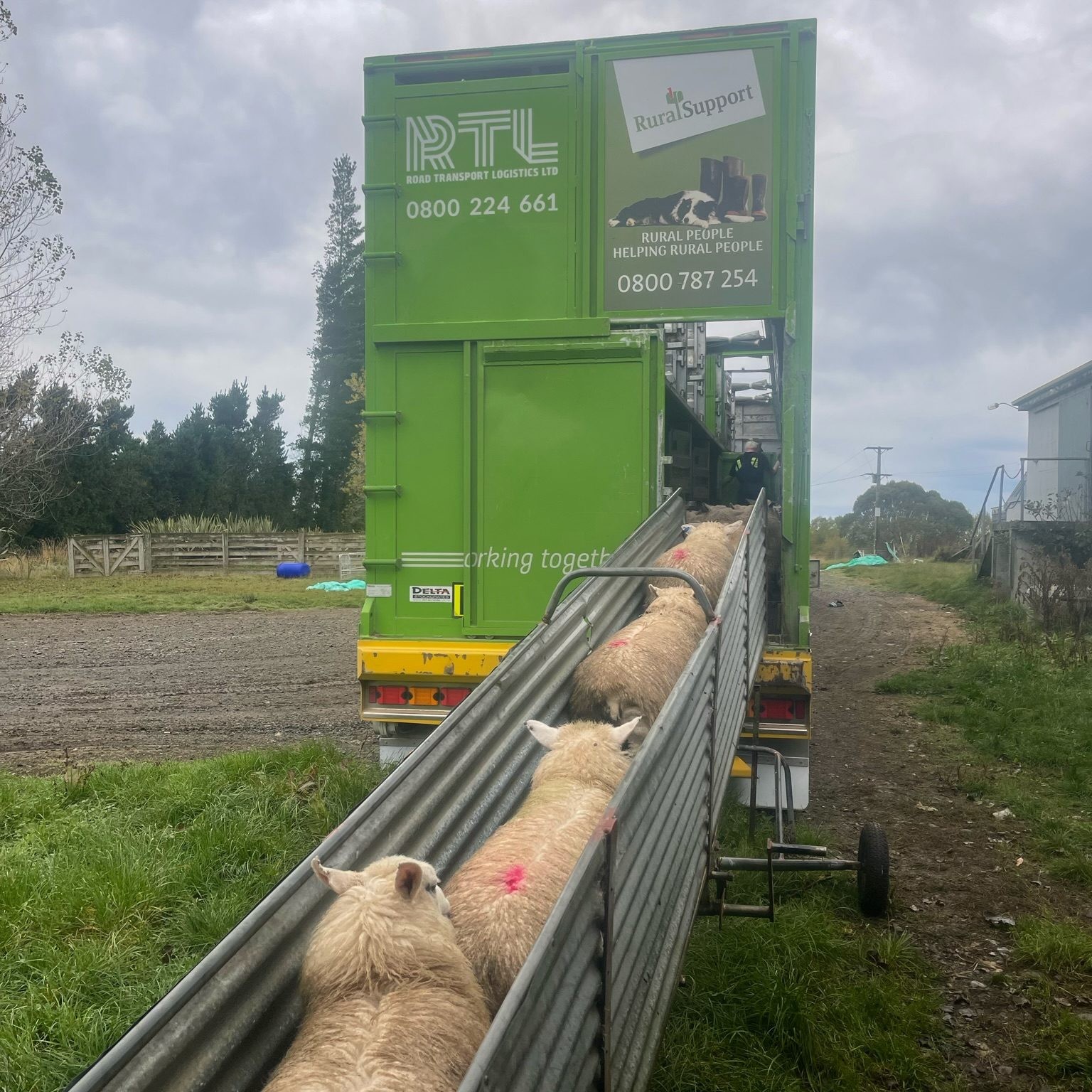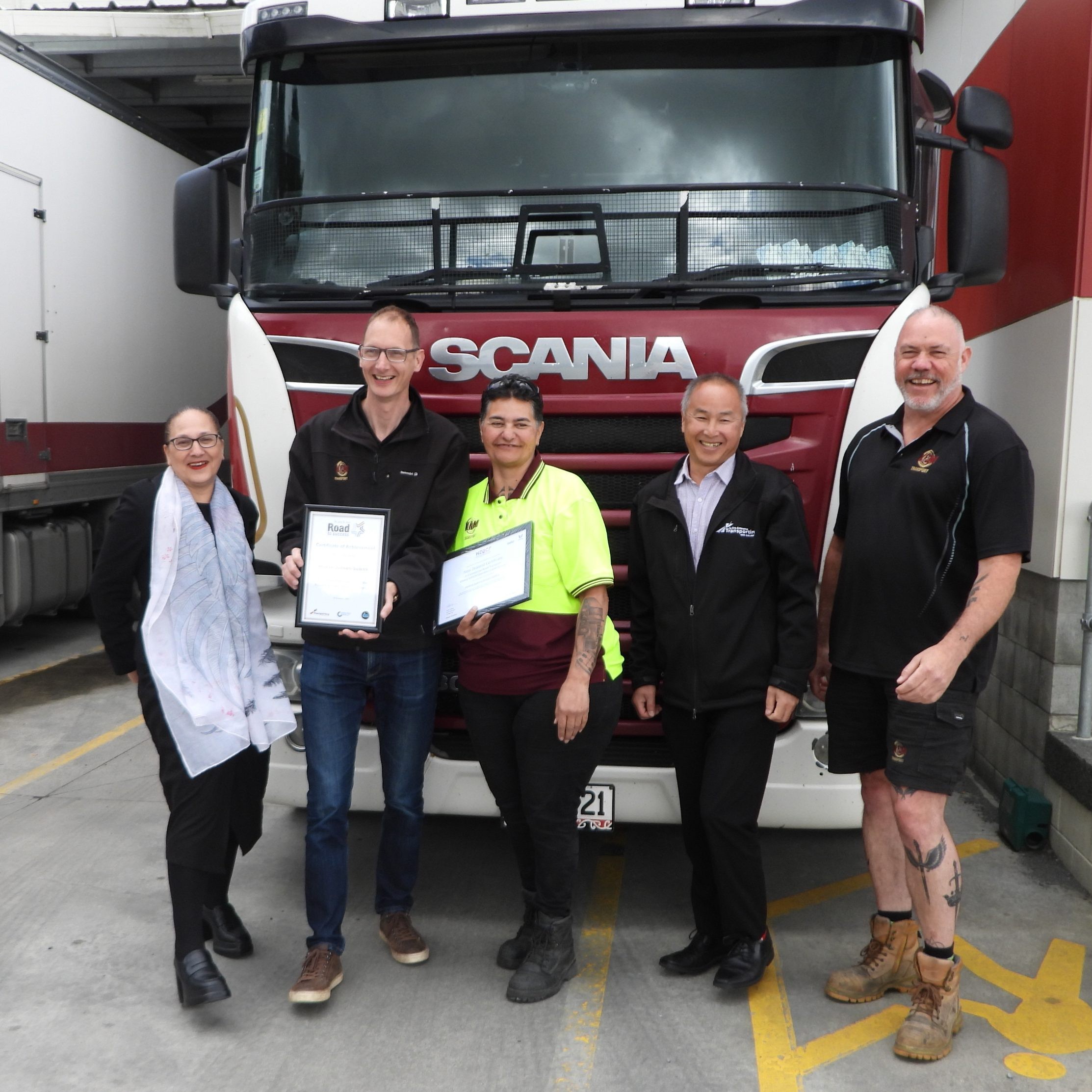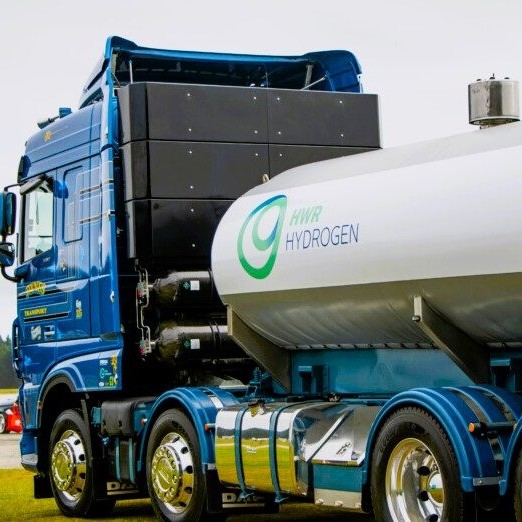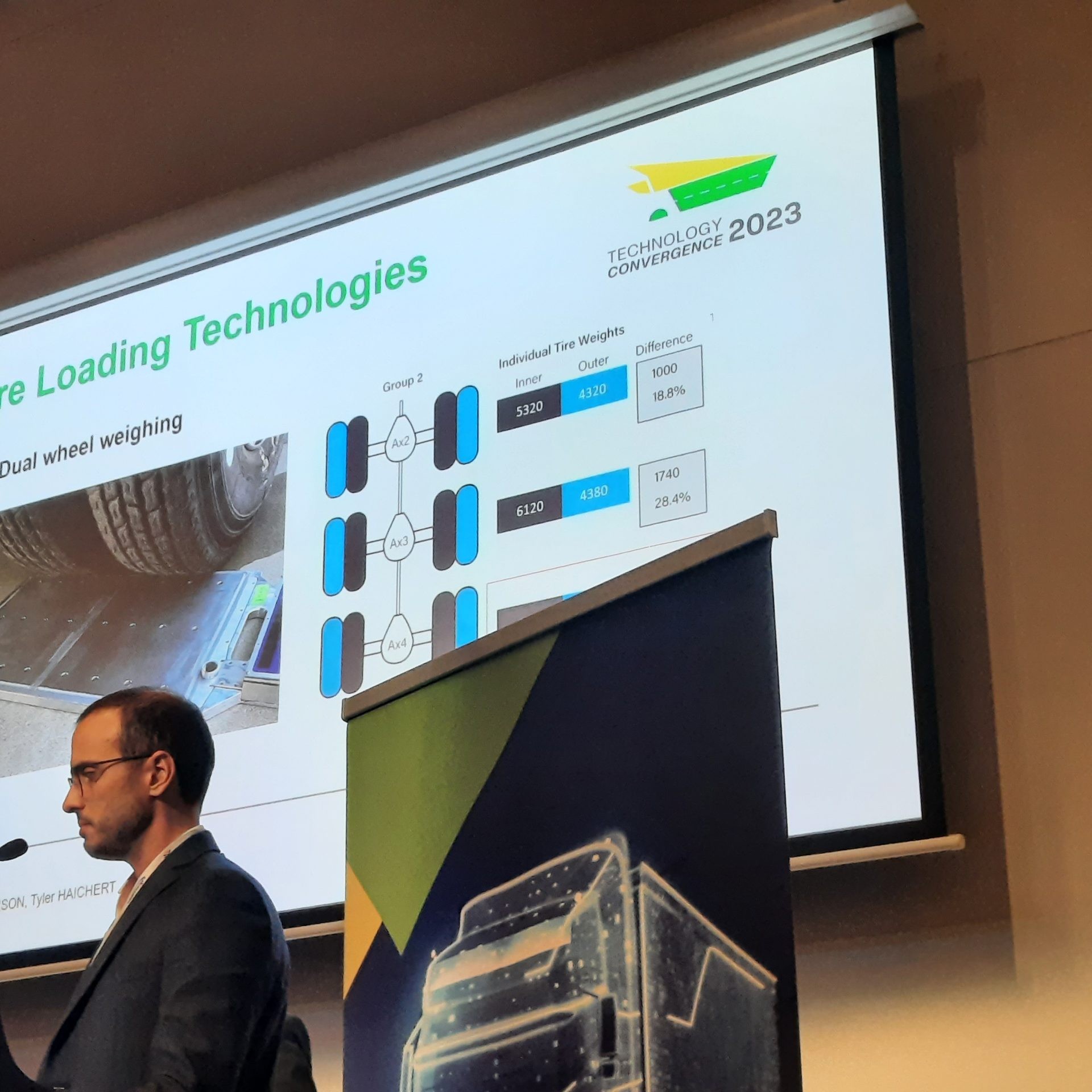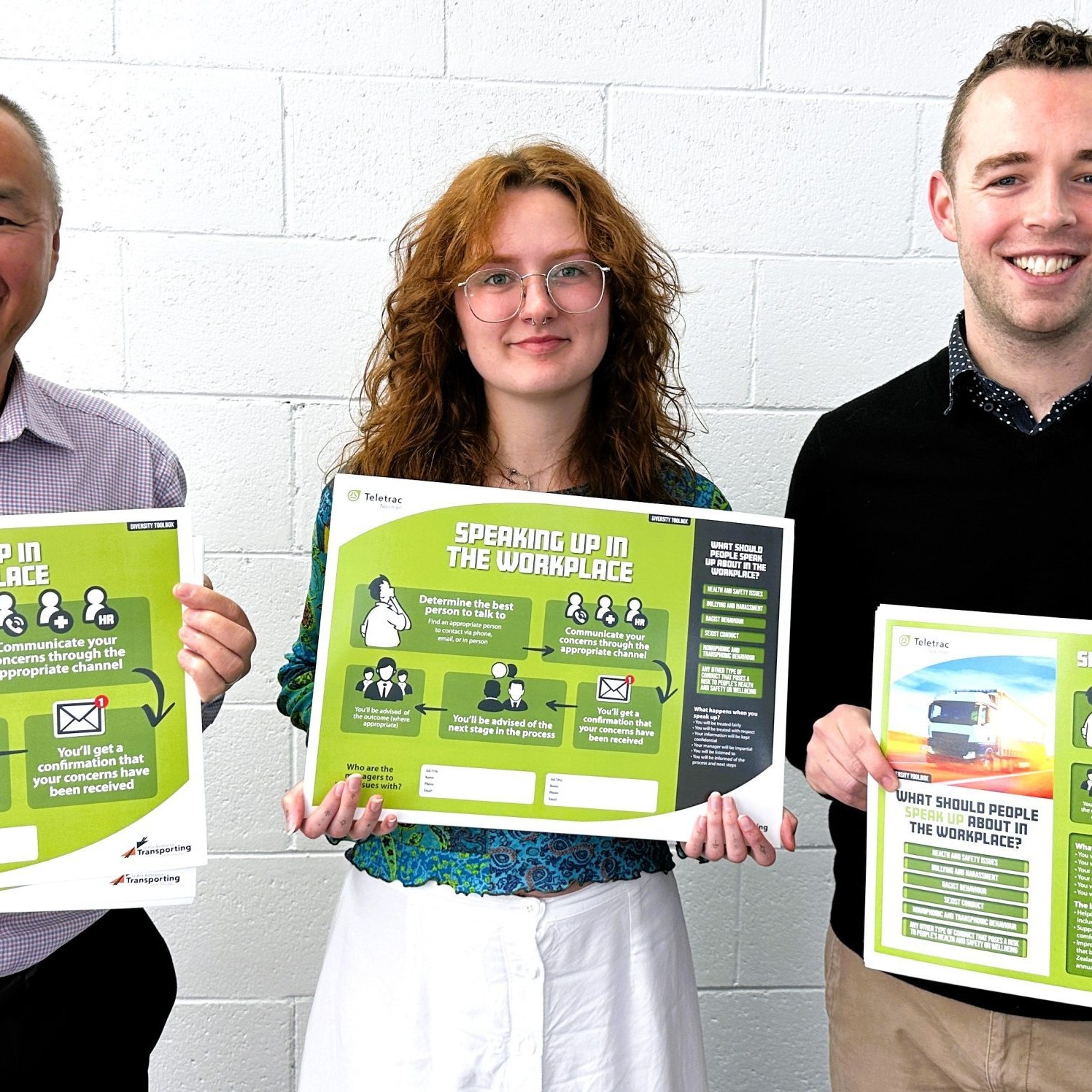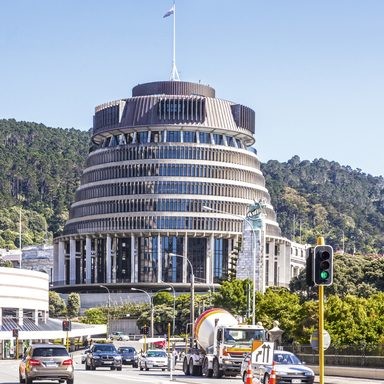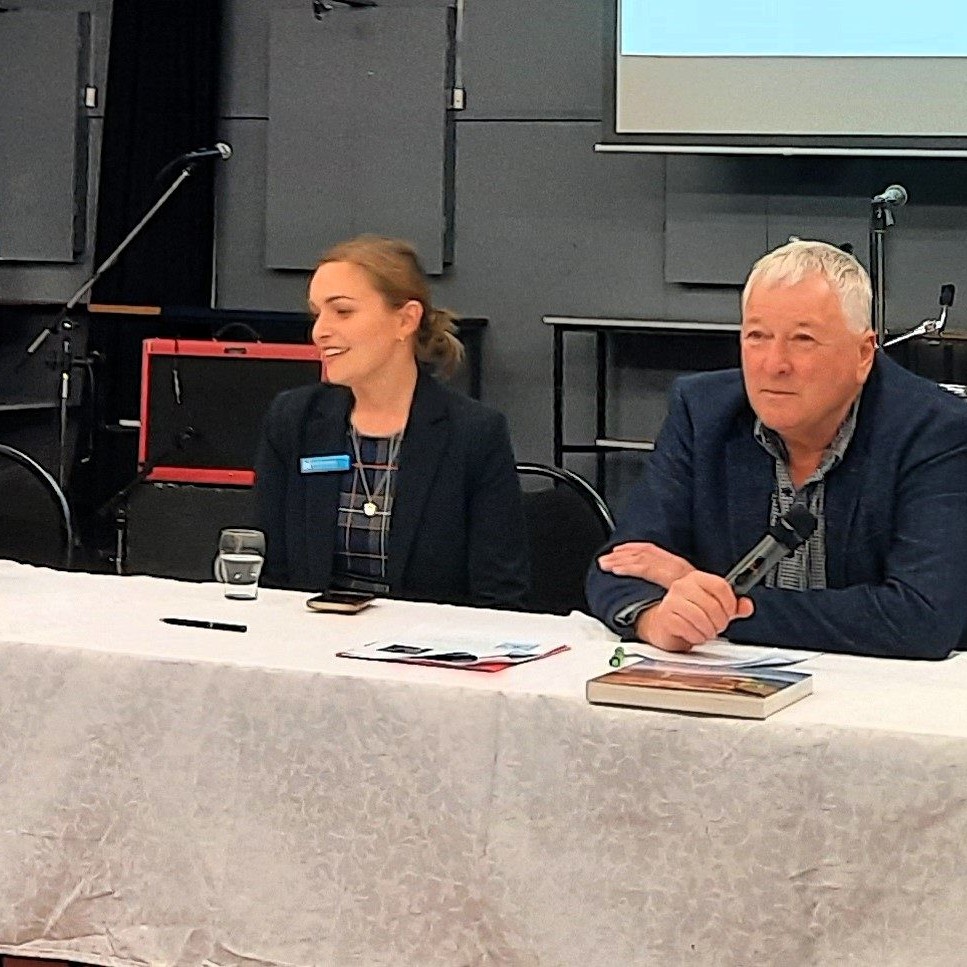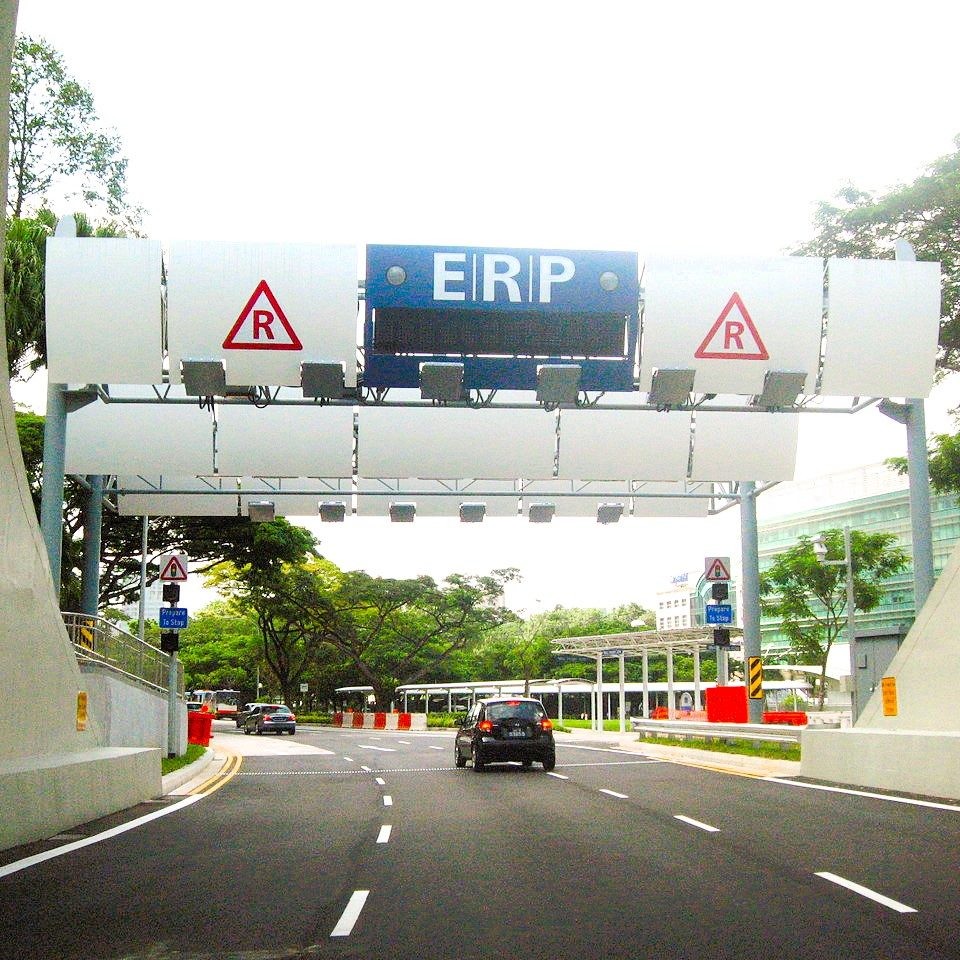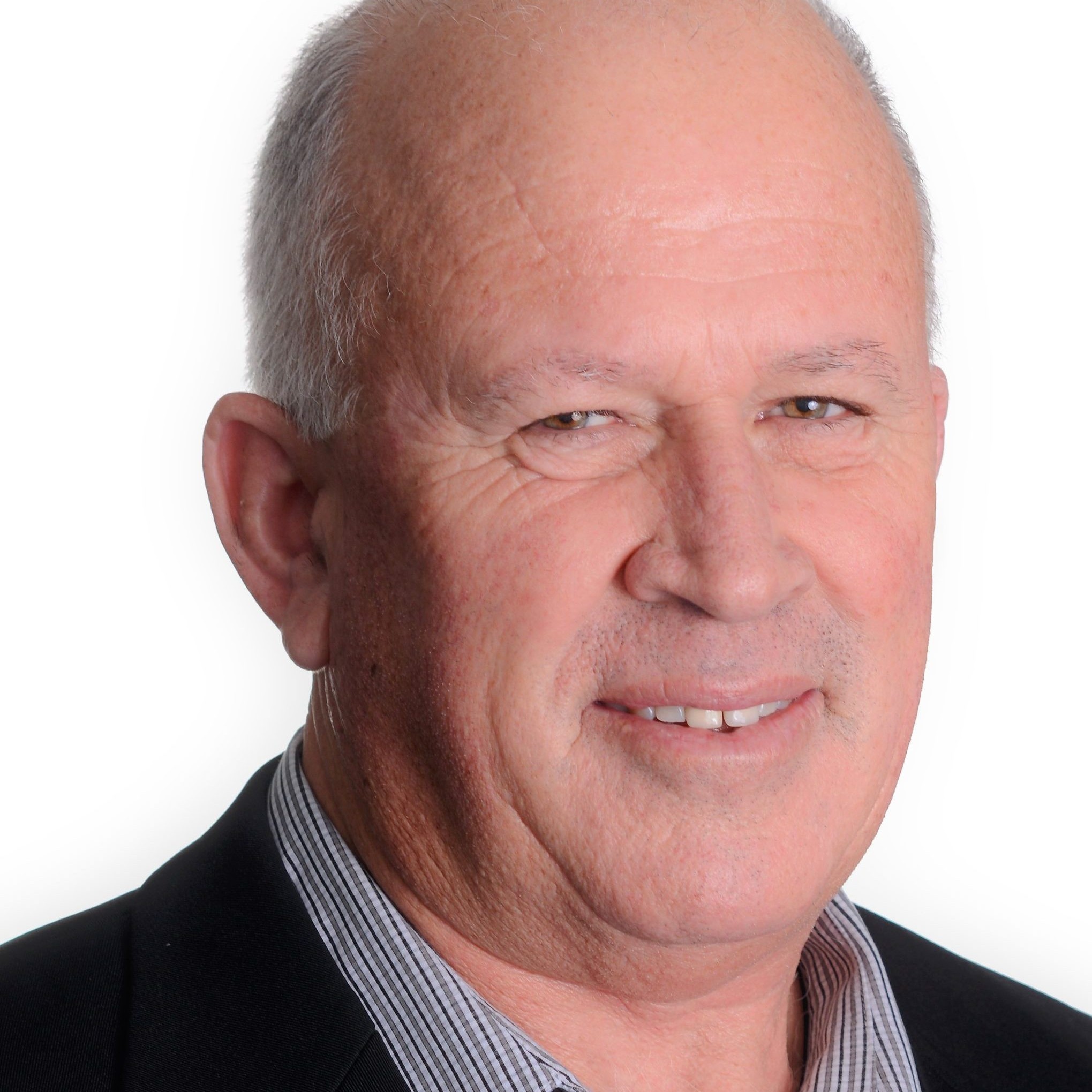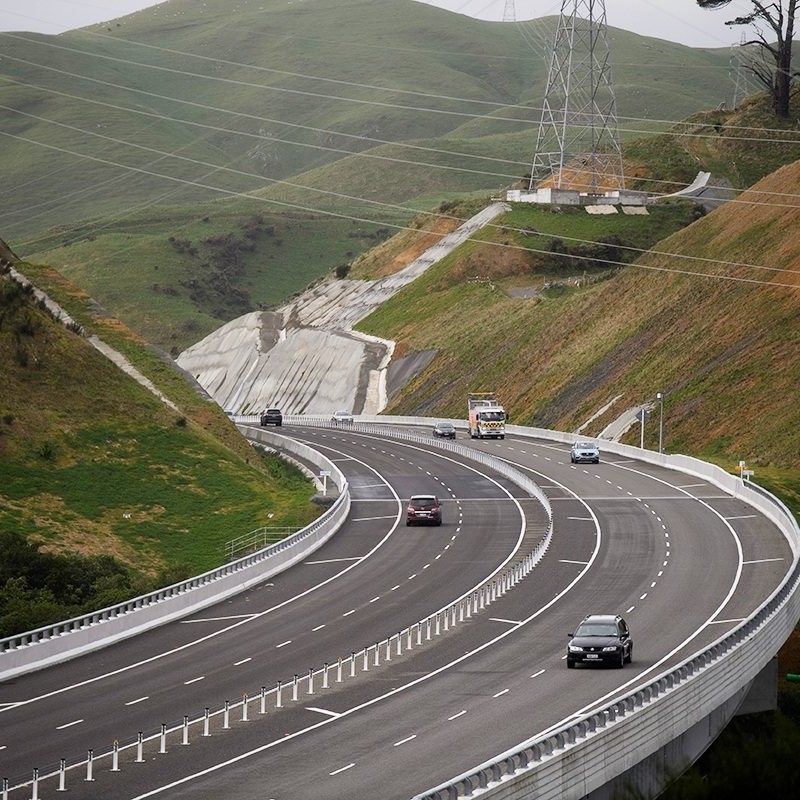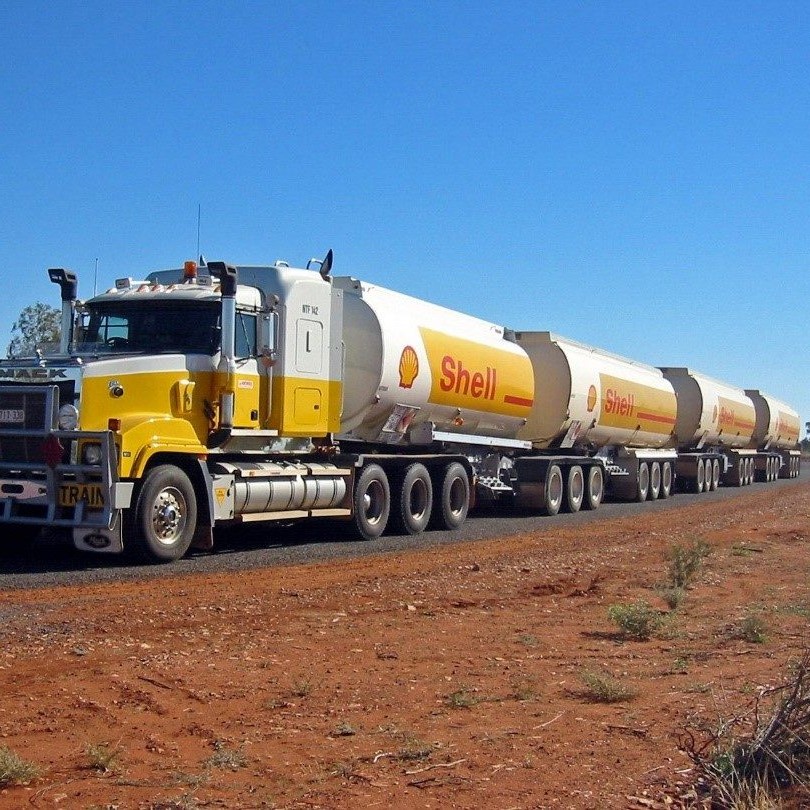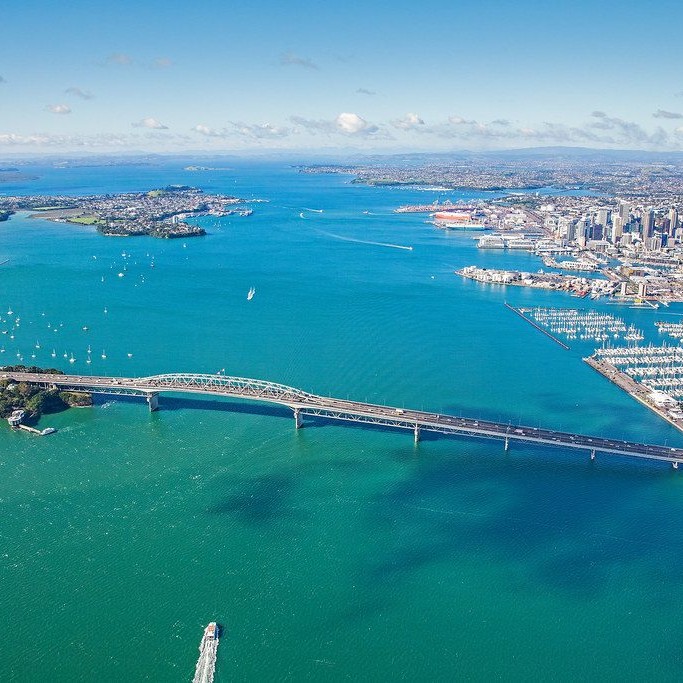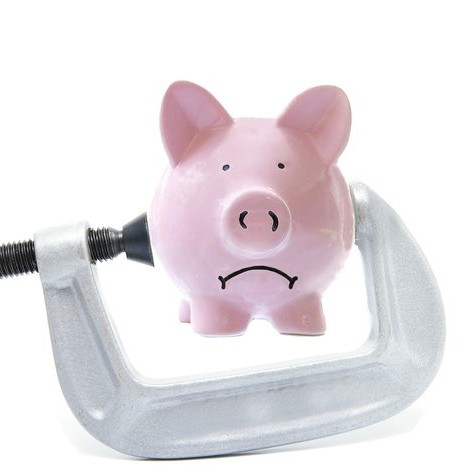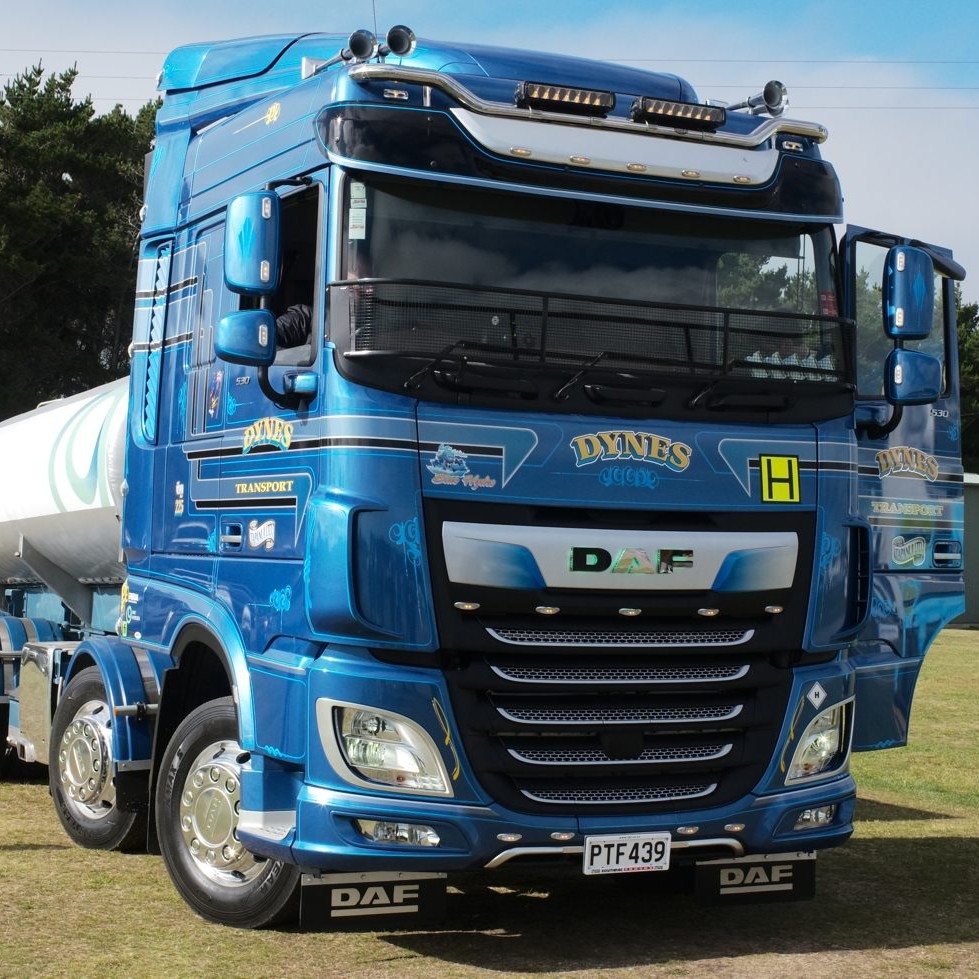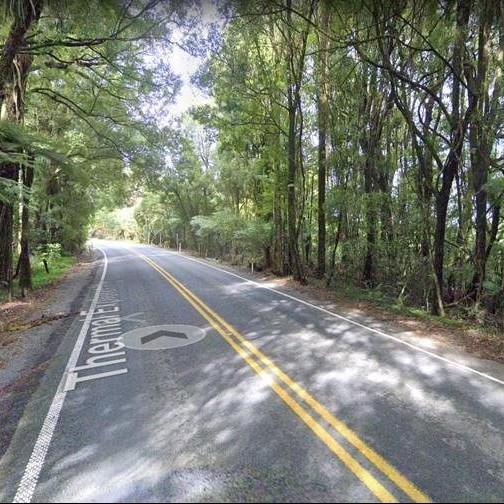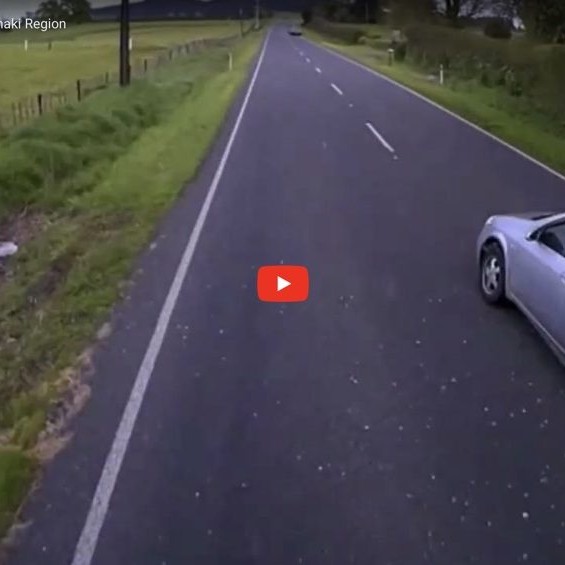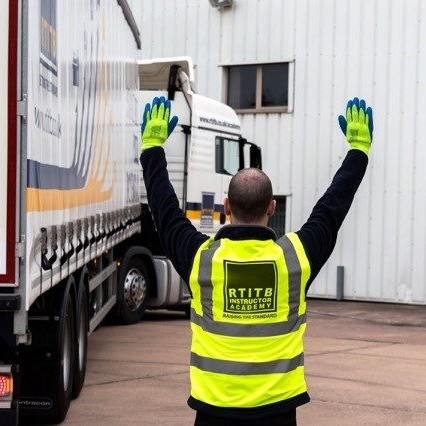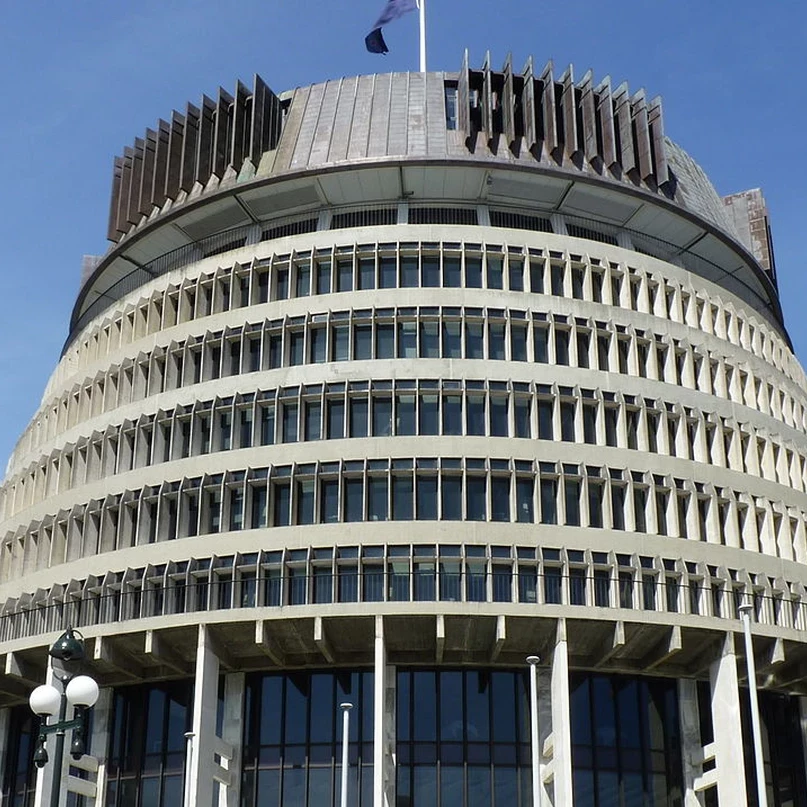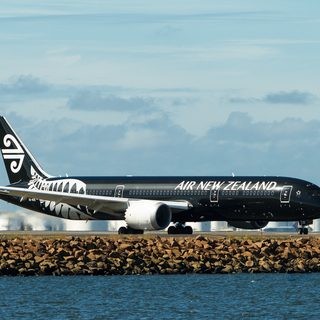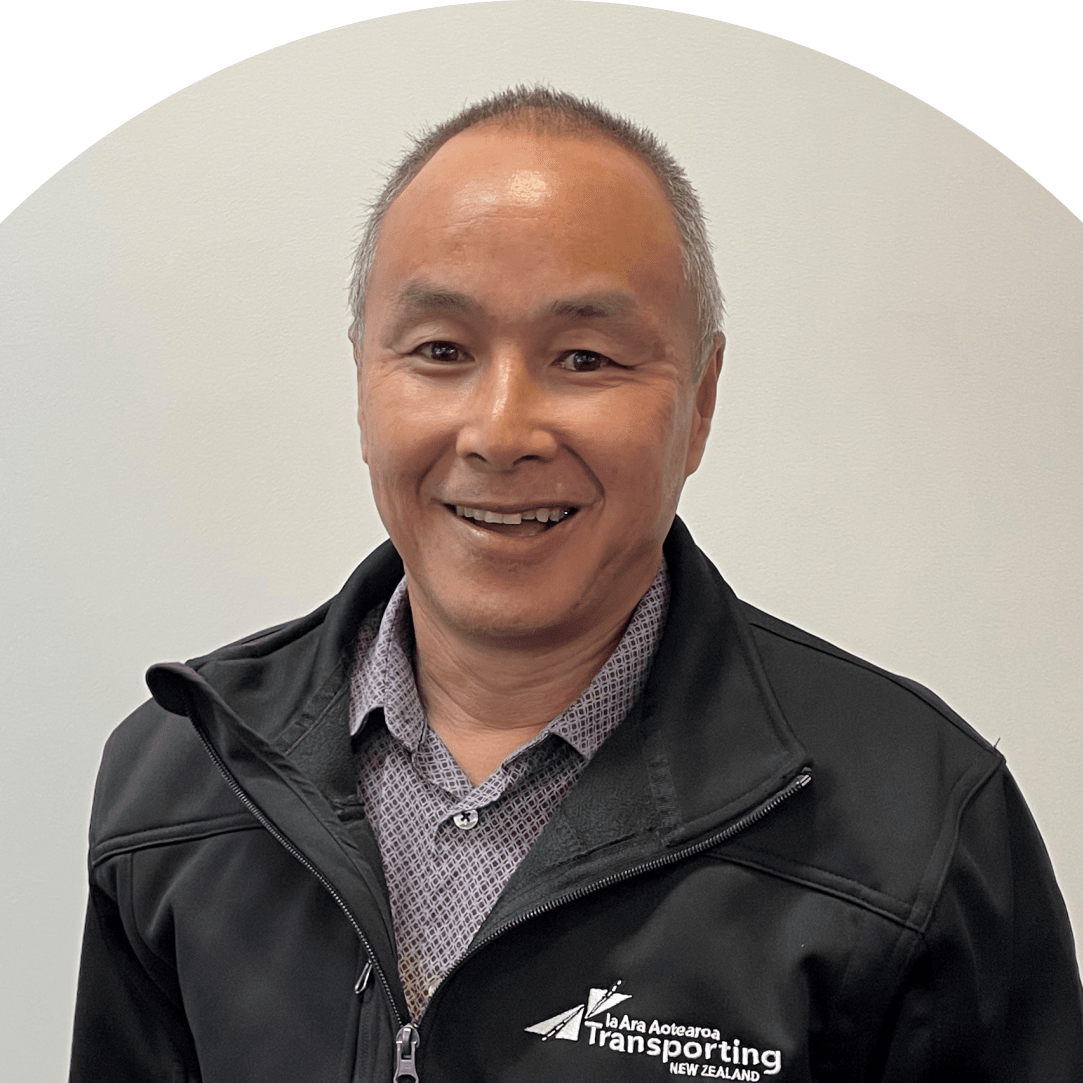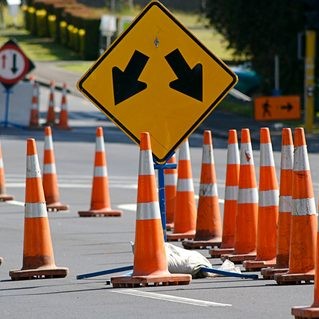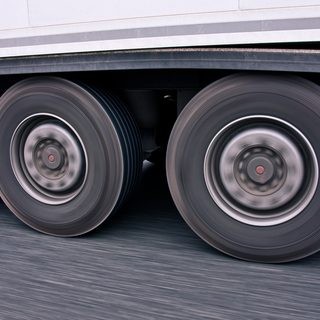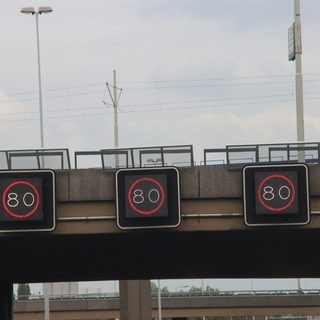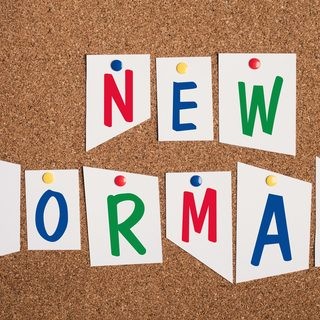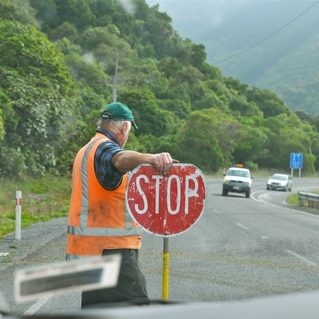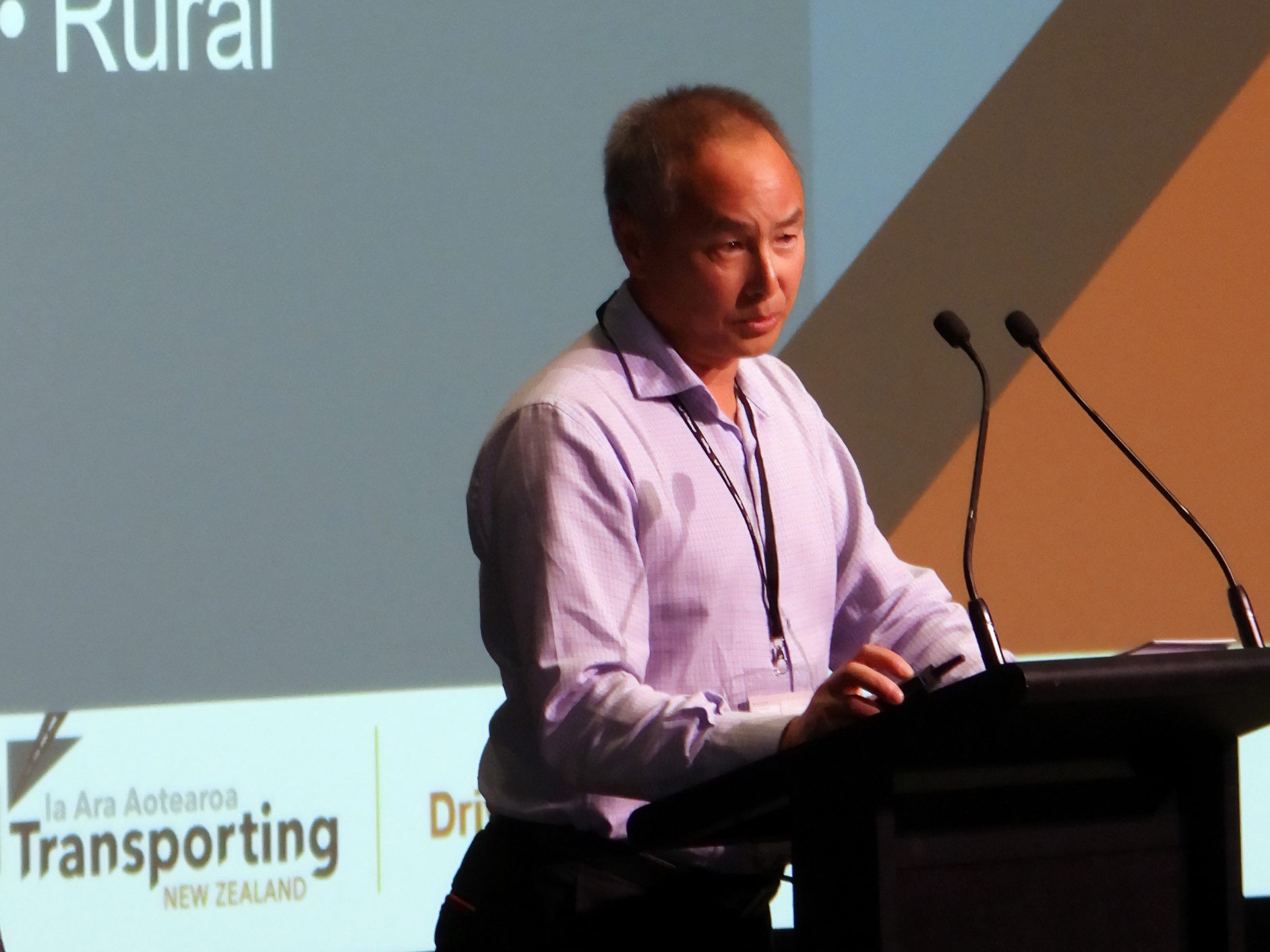
In its briefing to the incoming Transport Minister, when it came to the issue of funding, the first point Waka Kotahi made was: “Alongside inflationary pressure, our funding system is strained due to demands such as new roads, the age of the network and the volume of heavier and longer trucks outpacing the required investment in maintaining and renewing the network.”
Not surprisingly, as a consequence some media got onto that with an anti-truck angle like: “Trucks are pounding the country’s state highways like never before.”
 I was fascinated that Waka Kotahi chose to identify the volume of heavier and longer trucks as a specific issue as I think that is not only unfair but it doesn’t tell a full or helpful story. I’m asking it to justify its claim.
I was fascinated that Waka Kotahi chose to identify the volume of heavier and longer trucks as a specific issue as I think that is not only unfair but it doesn’t tell a full or helpful story. I’m asking it to justify its claim.
I’m a Board Member of the International Forum for Heavy Vehicle Transport & Technology and presentations at its biennial conferences are typically dominated by research papers produced by academic institutes.
The international research on truck sizes show a very different angle.
The simple facts are that heavier and longer trucks mean fewer trucks are needed to move the same amount of freight.
That means heavier and longer trucks:
- reduce emissions;
- reduce congestion;
- reduce the safety risk for other road users.
What I also find disappointing is the focus on trucks as opposed to what trucks are doing. The vast majority of our members’ businesses exist because they are supplying a service that is demanded by others.
Generally speaking, there is a positive relationship between heavy vehicles kilometres travelled and gross domestic product, therefore growth in truck movements is generally an indicator of a healthier economy.
Typically, trucks make up about 10 per cent of the traffic stream and their travel is not discretionary. Trucks are moving freight or other commodities because those things are needed by others.
By and large, most trucks are diesel so they pay road user charges, with trucks contributing about 65 per cent of the annual RUC income. As the Ministry of Transport’s Domestic Transport Costs and Charges Study showed last year, heavy trucks cover substantially more of their cost to the government than light vehicles and rail transport do. In other words, trucks pay far more of their share of public costs than others.
Rather than it being seen as a problem, we should be celebrating that trucks are pounding our roads like never before.
As we’ve seen with the Cook Strait iReX project, this government seems serious about there being greater accountability on public spending. Maybe Waka Kotahi needs to start strategising and reprioritising its spend so we have greater confidence that freight can get to where it needs to.
I’m not sure how helpful it is to tell the Minister that “our funding system is strained”.





